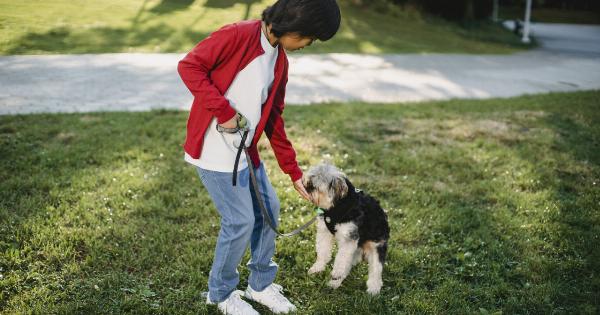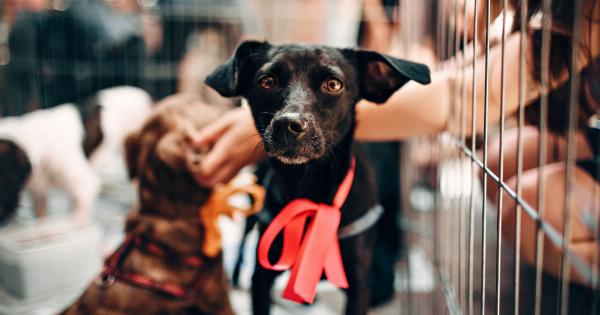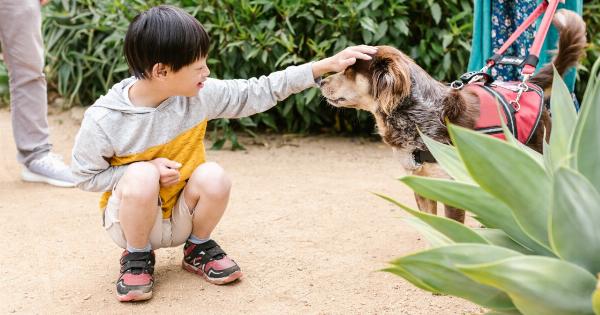For many dogs, visiting the vet can be a anxiety-inducing event. Even the most well-behaved and socialized dogs can experience fear and anxiety around this experience.
In this article, we will explore the various reasons why dogs may dread visits to the vet and discuss strategies for reducing their anxiety.
Reasons for Anxiety
There are many reasons that a dog might be fearful or anxious when it comes to going to the vet. Some common reasons include:.
- Bad past experiences – If a dog has had a negative experience at the vet in the past, they are more likely to be fearful or anxious during future visits. A past experience could include a painful procedure, being restrained too tightly, or being around other stressed or fearful dogs at the clinic.
- Strange surroundings – Many dogs are creatures of habit and do not adjust easily to new surroundings. Visiting a clinic that is unfamiliar can create a feeling of unease in dogs.
- Changes in routine – If a dog is used to having a strict daily routine and this routine is disrupted by a visit to the vet, they may become anxious or stressed.
- Unfamiliar people and smells – The presence of unfamiliar people and smells, such as other animals or cleaning products, can be unsettling to dogs.
Symptoms of Anxiety
It is important for dog owners to recognize the signs of anxiety in their pets so that they can take steps to reduce fear and discomfort. Some common symptoms of anxiety in dogs include:.
- Panting
- Shaking or trembling
- Barking or whining
- Pacing or restlessness
- Refusal to eat or drink
- Sweaty paws
- Dilated pupils
Reducing Anxiety
There are a number of things that pet owners can do to help reduce their dog’s anxiety level when it comes to visiting the vet.
Choose a vet that is a good fit
Not all vets are created equal when it comes to working with anxious dogs. Choose a vet that is experienced in handling fearful or anxious pets, and who is patient and understanding of your dog’s needs.
It may be helpful to schedule a pre-visit consultation to meet the vet and get a sense of their approach.
Gradual desensitization
One effective way to help your dog overcome their anxiety around trips to the vet is to gradually desensitize them to the experience. This can be done by bringing your dog to the clinic for brief visits a few times before an actual appointment.
Each time you visit, you can reward your dog with treats or playtime to create a positive association with the clinic.
Use calming aids
There are a number of products available such as pheromone diffusers, calming supplements and vests, that can help reduce anxiety in dogs. Talk to your vet about which products might be right for your pet.
Create a calming environment
You can help make your dog more comfortable by creating a calm and relaxing environment at the vet clinic.
This could include bringing a favorite blanket or toy from home, talking to your dog in a soothing voice, or playing relaxing music in the waiting area.
Conclusion
Visiting the vet can be a stressful experience for many dogs, but there are a number of strategies that pet owners can use to reduce their anxiety.
By choosing a vet that is a good fit, gradually desensitizing your dog to the experience, using calming aids, and creating a calming environment, you can help your furry friend feel more at ease.






























